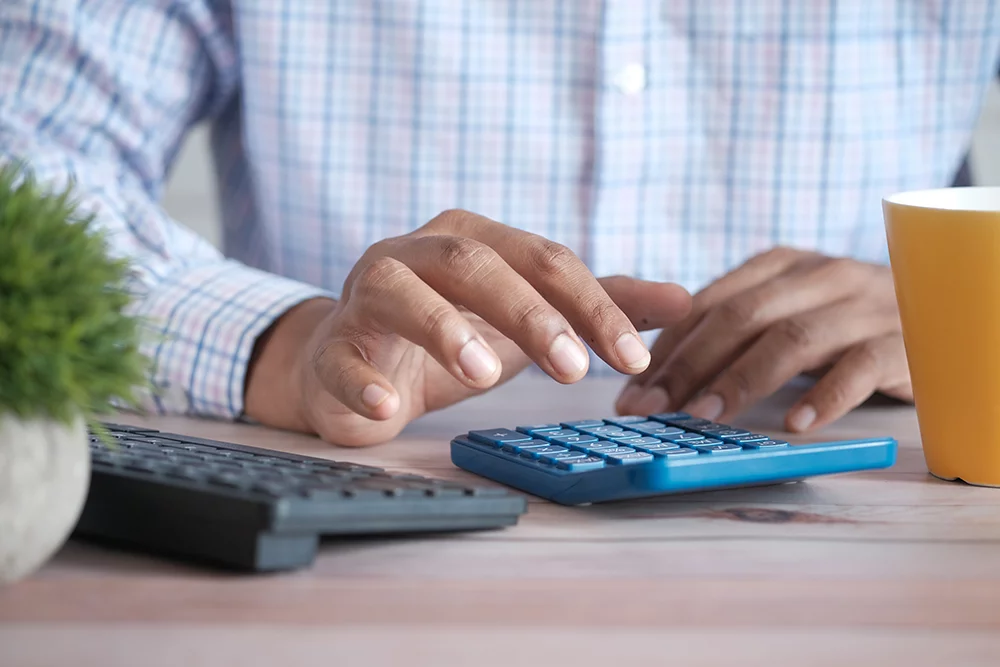ROI vs ROAS: Which metric is best for your mobile app

Updated: October 16, 2023
10 min read

ROI and ROAS are often used interchangeably; they do, however, mean different things. ROI is Return on Investment; that is, revenue over initial spending. ROAS is Return on Ad Spend; that is, the efficiency of your marketing activities. Tracking both of these — and knowing when to apply which — is important for any app, especially a subscription-based one.
This is why we decided to dedicate a short article to these two metrics. This guide might seem a bit trivial, especially if you’ve been in the industry for a while. However, it’s always useful to go over the basics to make sure you’re on solid ground moving forward. Let’s dive in.
What is ROI
ROI (Return on Investment) is a performance metric used to evaluate the efficiency or profitability of an investment; in our case, the cost of developing an app. It’s calculated in percentage of the marginal revenue generated from the initial spending.
As the app market becomes saturated and app revenue growth is on the decline, companies must discern the potential profitability of their app endeavors. Measuring the ROI of a mobile app involves considering development costs, marketing efforts, and operational expenses against the revenue generated or the value added to the business. While general ROI is calculated company-wide, you can apply the formula to each product, subscription, or business unit.
How to calculate ROI

Let’s break down the ROI formula for a typical mobile app:
ROI = [(Net Profit from the App – Cost of the App) / Cost of the App] x 100%, where
- Net App Profit is the total revenue generated by the app minus all operating costs.
- App Cost includes development, marketing, maintenance, and other relevant expenses.
For example: suppose you invested $20,000 in developing and marketing a mobile app, including the operational costs. Over a year, you earned $50,000 in revenue from subscriptions and ads.
(50 000 – 20 000) / 20 000 * 100% = 150%; that is, your app has a positive ROI of 150%.
This means for every dollar invested in the app, you made a return of an additional dollar and a half. This is an extremely high ROI, achievable to either extremely low-cost or high-revenue developers. Having your return around 30-60% during the first years is a good goal.
What is ROAS
ROAS (Return on Advertising Spend) is a pivotal metric in the advertising world, quantifying the revenue generated for every dollar spent on advertising. It’s expressed as a ratio or a multiple:
ROAS = (Revenue from Ad Campaign) / (Cost of Ad Campaign). Unlike ROI, ROAS can be (and often is) below one: that is, you’ve spent more on ads than they’ve brought in revenue.
In user acquisition campaigns, ROAS offers insights into the effectiveness of advertisement strategies in driving app downloads, in-app purchases, or any other revenue-generating user actions. A high ROAS indicates a successful ad campaign, while a low ROAS may signal inefficiencies or opportunities for refinement.
The foundation of ROAS lies in its ability to link advertising efforts directly to monetary outcomes. Instead of just gauging ad engagement metrics like click-through rates or impressions, ROAS evaluates whether the ad leads to a desired financial result. You can also use it to calculate the breakeven day or the breakeven share of paying users and operate your app accordingly.
How to calculate ROAS

The ROAS (Return on Advertising Spend) formula is straightforward and measures the efficiency of an ad campaign: ROAS = (Revenue from Ad Campaign) / (Cost of Ad Campaign).
Here’s an example: you develop a fitness app and decide to launch an advertising campaign to promote it. You spend $2,000 on a series of mobile ads targeting fitness enthusiasts. Over a month, these ads result in 500 new premium subscriptions, with each subscription costing $10.
Let’s calculate ROAS step by step:
- Revenue from Ad Campaign: 500 subscriptions x $10/subscription = $5,000
- Cost of Ad Campaign is the amount you’ve already spent on ads: $2,000
- Calculate the ROAS: Revenue from Ad Campaign / Ap Spend = $5,000 / $2,000 = 2.5
A ROAS of 2.5 means for every dollar you spent on the advertising campaign, you generated $2.50 in revenue. As often happens in examples, this number is too good: any ROAS above 1.1 should be considered a success. ROAS below 1 is also not always a sign of a bad strategy: user conversion often doesn’t happen straight away, and you might be generating future demand.
The difference between ROI and ROAS
Both ROI (Return on Investment) and ROAS (Return on Advertising Spend) are essential metrics for measuring the effectiveness of investments, especially in the context of mobile apps. However, they serve slightly different purposes and have different scopes of calculation:
- Scope: ROI evaluates the overall return on an investment considering all associated costs like development, operational expenses, marketing, maintenance, etc., whereas ROAS specifically measures the return on ad spending alone.
- Interpretation: ROI provides a holistic picture of the profitability of an investment. For mobile apps, it can help determine if the entire venture is profitable after accounting for all expenses. ROAS, on the other hand, pinpoints the effectiveness of ad campaigns and helps assess if the ad spend is driving sufficient revenue.
- Depth: ROI offers a deeper insight into the overall financial health and sustainability of a mobile app project, looking beyond just advertising to encompass all costs. ROAS provides a more surface-level view focusing only on the efficacy of advertising expenditures in generating immediate revenue.
While both metrics are invaluable for mobile app businesses, ROI gives a comprehensive view of the app’s overall profitability, and ROAS zeroes in on the effectiveness of ad campaigns. Both are crucial for informed decision-making in different contexts.
2024 subscription benchmarks and insights
Get your free copy of our latest subscription report to stay ahead in 2024.
Which metric should you use?
Both! ROI is the golden standard for all app developers, especially the ones who plan to attract venture capital or go public soon. By measuring the ROI of every department and business unit you can better analyze the efficiency of your app, seeing which activities generate.
ROAS is, essentially, the ROI of the marketing department. The beauty of it is that you can apply it both in a channel or a campaign-based manner, getting to the nitty-gritty of your ad activities. And with the cohorts analysis tool by Adapty, you can also analyze the quality (here measured in the share of paying users or LTV) of the acquired audience.

How to track ROAS for mobile subscription apps?
Our cohort analysis and subscription analytics tools are a great way to measure ROAS. Knowing how much you spent on the ads, you can analyze the efficiency of your ads or influencer collaborations by seeing the return. You can also group the audience by the product they purchase and see what ads convert better.
Adapty integrates with all popular user acquisition platforms like AppFlyer, AppMetrica, and Apple Search Ads, so you can easily track ROAS from one dashboard. An alternative would be an on-premise Google Data Studio dashboard with data inputs from the ad managers, Adapty, and your app. The key is to collect both spending and revenue info on one page.
Conclusion
While data shouldn’t be the only thing that drives you and your app forward, tracking the efficiency of your activities is crucial if you wanna grow. Knowing your ROI and working on its growth is a must, and for apps that spend a sizeable amount of their budget on acquiring users, ROAS is the key driver of both costs and revenue. Track both metrics — and plenty of others — to be on top of your game.






